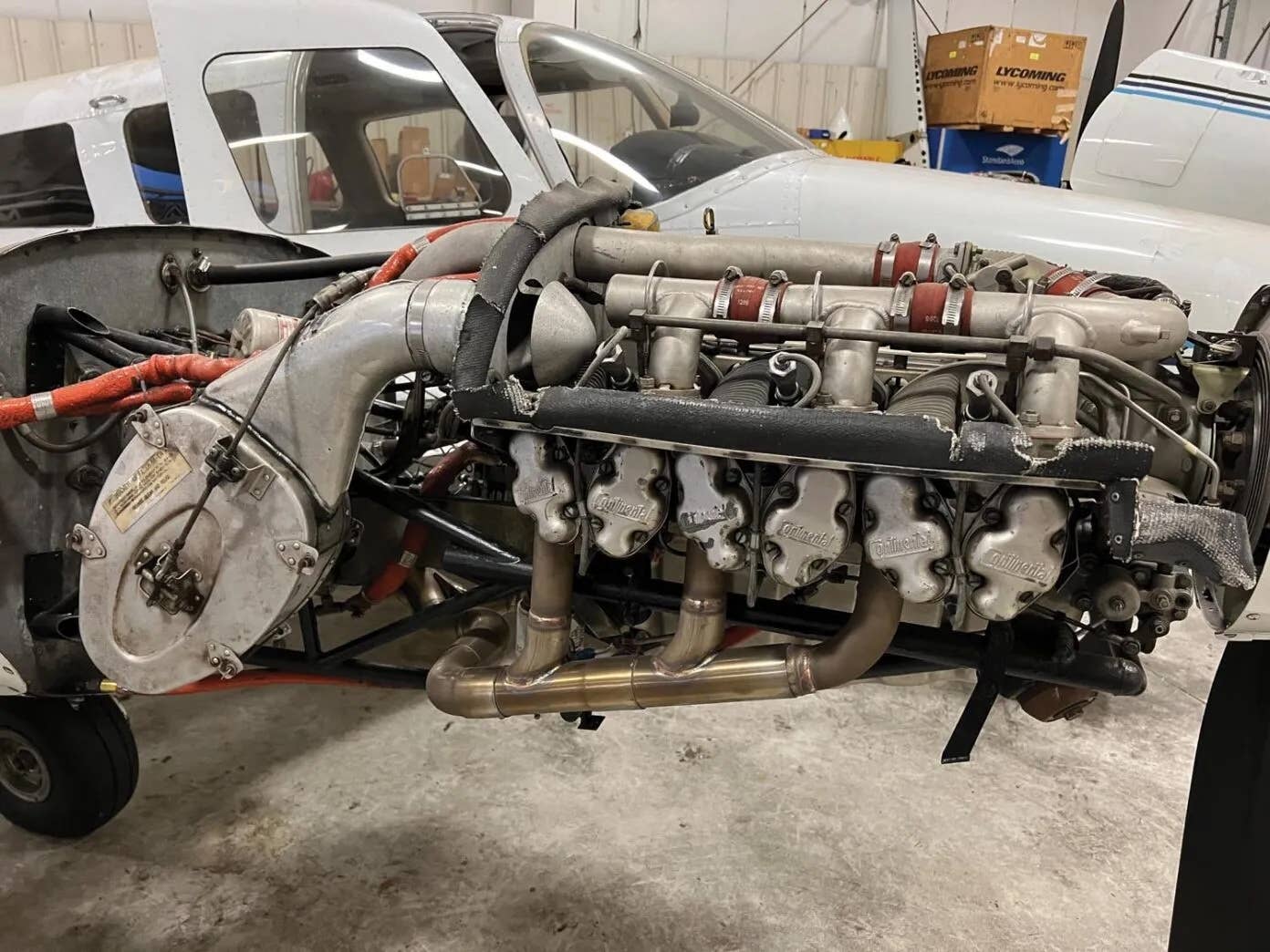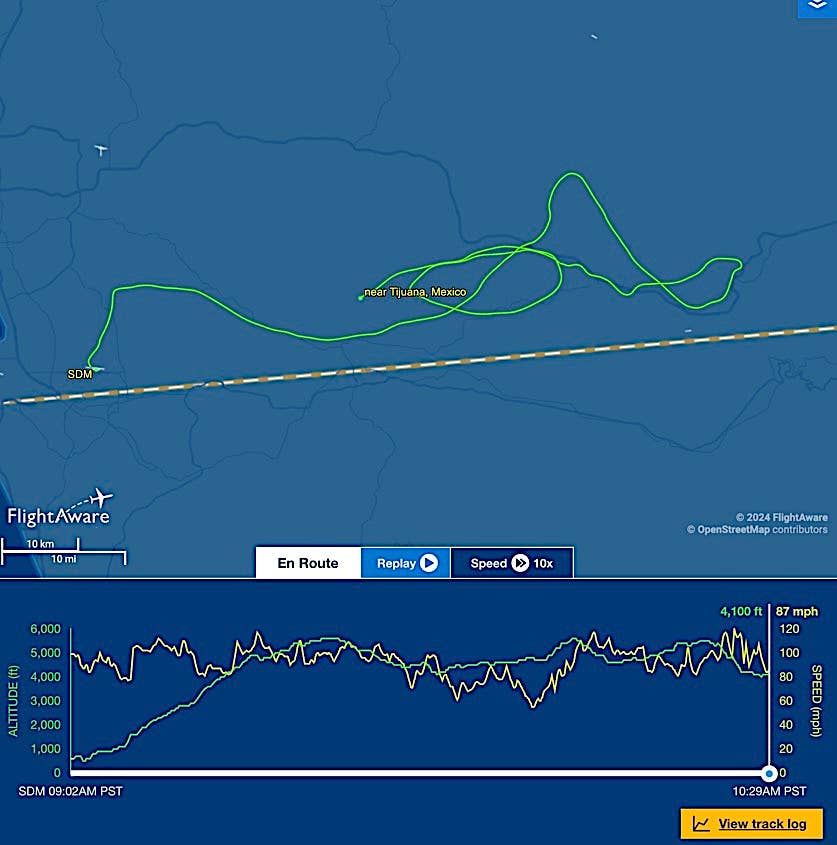General Aviation Accident Bulletin
AVweb’s General Aviation Accident Bulletin is taken from the pages of our sister publication, Aviation Safety magazine. All the reports listed here are preliminary and include only initial factual findings…

Aviation Safety Accident Bulletin
AVweb's General Aviation Accident Bulletin is taken from the pages of our sister publication, Aviation Safety magazine. All the reports listed here are preliminary and include only initial factual findings about crashes. You can learn more about the final probable cause on the NTSB's website at www.ntsb.gov. Final reports appear about a year after the accident, although some take longer. Find out more about Aviation Safety at www.aviationsafetymagazine.com.
August 11, 2021, Helena, Mon.
Cessna 425 Conquest I
The airplane sustained substantial damage at about 0900 Mountain time after both engines failed. The pilot and two passengers sustained serious injuries. Visual conditions prevailed.
At 0847:35, while in cruise at FL240, the pilot told ATC an engine had flamed out and requested a descent. The pilot opted to divert. At 0857:15, with the airplane at about 7900 feet MSL, the pilot reported that the right engine experienced a loss of power. At 0859:02, the pilot reported the airplane was going to collide with trees. The airplane came to rest with the right wing and empennage severed from the fuselage. The pilot reported filling the fuel tanks before takeoff with an additional 207 gallons of fuel and that the airplane had flown about 10 hours since its annual inspection in March 2021.
August 21, 2021, Fort Lauderdale, Fla.
Gulfstream G-IV
At about 1340 Eastern time, the airplane was substantially damaged when its nosegear assembly failed during takeoff. The four crew members and 10 passengers were not injured. Visual conditions prevailed.
After a routine taxi to the runway, the PIC initiated the takeoff. He recalled that the normal callouts were made and nothing was abnormal until the airplane reached about 100 knots, at which point he felt a “terrible shimmy” that “progressively got worse and worse.” He initiated an aborted takeoff with braking and thrust reversers, and it seemed the airplane was slowing. However, it veered off the runway and the right main landing gear struck a concrete slab holding approach lighting equipment before coming to a stop. The SIC and a jumpseat occupant reported substantially similar accounts.
The airplane came to rest in a sandy grass area about 200 feet to the right of the runway centerline. Examination found several items of debris. Proceeding in the direction of the takeoff roll, the first component located on the runway was a pin that is normally seated in the nose landing gear torque link. About 1315 feet from the main wreckage was the bulk of the nose landing gear assembly, including the trunnion and truss, both tires and the lower scissor link.
August 24, 2021, Del Mar, Calif.
Piper PA-32-300 Cherokee Six
The airplane was substantially damaged at about 1200 Pacific time when its engine failed and it was landed on an Interstate highway. The flight instructor and private pilot were not injured. Visual conditions prevailed.
The airplane had just come out of its annual inspection and was being flown back to its base. As the airplane cleared a tier of the local Class B airspace and the pilot initiated a slow climb, the engine began to surge, sounding like “the throttle was cycling between open and closed.” The pilot declared an emergency, ensured that the auxiliary fuel pump was on and turned toward a racetrack. All electrical power was lost at this time. The pilot determined that he could not safely land on the racetrack and elected to land on Interstate 5 instead. During the landing sequence, the airplane struck several vehicles, which caused substantial damage to its wings.
August 28, 2021, Windthorst, Texas
Cessna 320E Skyknight
At about 1934 Central time, the airplane was substantially damaged when it was landed off-airport following an engine failure. The solo pilot sustained minor injuries. Visual conditions prevailed.
The pilot had recently acquired the airplane and was flying it to his home airport. He departed with full fuel tanks. About 20 minutes after takeoff, the pilot detected a loss of power on the right engine. Activating the electric boost pump restored power for a brief time, but then the engine again lost power. The pilot shut down and feathered the right engine and decided to divert to a nearby airport but was not able to maintain altitude and performed a forced landing to a field. The left engine continued to operate until he reduced power for the forced landing. During the off-airport landing, the airplane struck trees.
This article originally appeared in the November 2021 issue of Aviation Safety magazine.
For more great content like this, subscribe to Aviation Safety!






